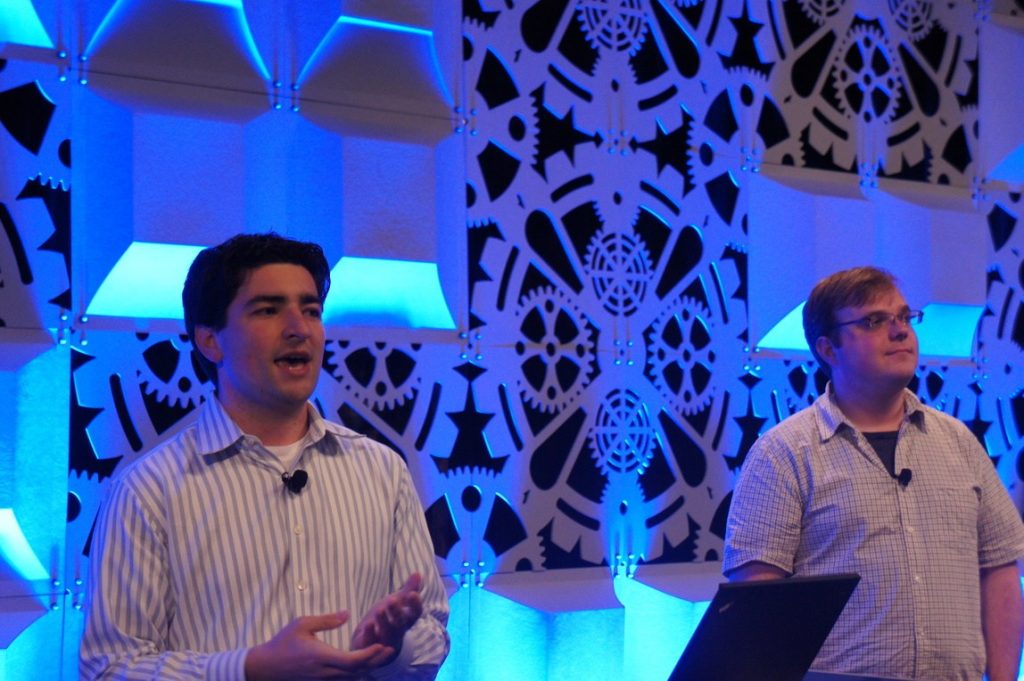A few years back, I wrote Clojonic: Pythonic Clojure, which compares Clojure to Python, and concluded:
My exploration of Clojure so far has made me realize that the languages share surprisingly more in common than I originally thought as an outside observer. Indeed, I think Clojure may be the most “Pythonic” language running on the JVM today (short of Jython, of course).
That said, as that article discussed, Clojure is a very different language than Python. As Rich Hickey, the creator of Clojure, put it in his “A History of Clojure”:
Most developers come to Clojure from Java, JavaScript, Python, Ruby and other OO languages. [… T]he most significant […] problem [in adopting Clojure] is learning functional programming. Clojure is not multiparadigm, it is FP or nothing. None of the imperative techniques they are used to are available. That said, the language is small and the data structure set evident. Clojure has a reputation for being opinionated, opinionated languages being those that somewhat force a particular development style or strategy, which I will graciously accept as meaning the idioms are clear, and somewhat inescapable.
There is one area in which Clojure and Python seem to have a gulf between them, for a seemingly minor (but, in practice, major) technical reason. Clojure, being a JVM language, inherits the JVM’s slow start-up time, especially for short-lived scripts, as is common for UNIX CLI tools and scripts.
As a result, though Clojure is a relatively popular general purpose programming language — and, indeed, one of the most popular dynamic functional programming languages in existence — it is still notably unpopular for writing quick scripts and commonly-used CLI tools. But, in theory, this needn’t be the case!
Continue reading Learning about babashka (bb), a minimalist Clojure for building CLI tools



